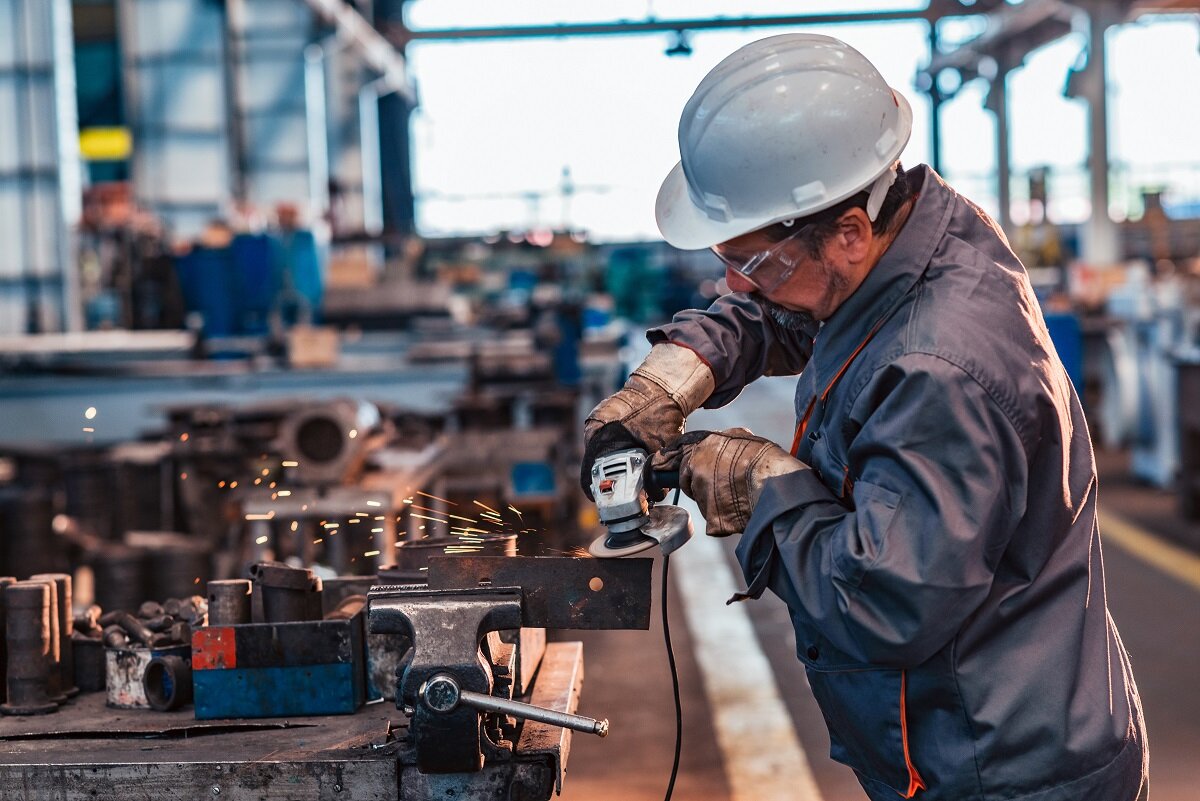Manufacturing’s Mandate
There’s real momentum for manufacturing in Australia right now and our country needs to capitalise on the opportunities. By Tim James.
One of the positives to come from this pandemic is a strong mandate for Australia to act on its manufacturing capability and opportunity. There’s generally bipartisan support for rebuilding our manufacturing base and making our nation more self-sufficient. There are some differences in approach across politics worth drawing out. At the same time, practical action before politics should characterise Australia’s approach to getting manufacturing moving.
In that spirit, it’s not every week the Menzies Research Centre compliments the work and certain statements of the Australia Institute and members of the union movement. But this week there’s something of a unity ticket on the timeliness and value of manufacturing investment, jobs and opportunities right now.
It’s positive to progress the discussion and debate about a more focused national approach to manufacturing. And the Australia Institute’s report, finding that Australia’s manufacturing trade deficit had more than quadrupled since the turn of the century, standing at $180 billion per year today, merits action. It’s also alarming, as the report finds, that Australia ranks last in the OECD on manufacturing self-sufficiency.
Where the report differs from the Menzies view is in how much government should intervene and spend to drive change. The MRC position is for government to create the conditions for enterprise to thrive through making our manufacturing more competitive.
It’s coincidence in this same week that an interim draft of the NCCC Manufacturing Taskforce interim report has been released, albeit early and prior to final publishing . Its bottom line is spot on in ruling out the following means to lift manufacturing: protectionism; state supported industries or compulsory acquisitions; price controls; and massive subsidies. The Taskforce has rightly proceeded on the basis of free and open trade, minimal government intervention and no new government spending. Its focus is founded on core principles and true paths to enterprise including competition, innovation, productivity, lower cost inputs (eg energy), better governance, greater skills and targeted industry development.
A further key difference in these reports relates to energy and its role in helping to reinvigorate manufacturing. The cold hard facts are these on energy. In the decade from 2008 the cost of electricity in Australia was reported to have risen by 117%. Since 2008, Melbourne’s nominal gas price has risen by 177% (while in New York they fell by 41%). It’s well understood that energy is a major input and cost in manufacturing.
The Australia Institute report when it comes to energy essentially focuses only on renewable energy. While it does have a major role to play no doubt, we cannot put all our eggs in one basket, and another “basket” needed to bring energy costs down in Australia is gas. There’s much more to come from the MRC on this topic in the weeks and months ahead.
The momentum towards manufacturing isn’t just manifesting in reports though. The market is moving too. Take this major development this week for instance. The Executive Chairman of Visy, Anthony Pratt, didn’t mince his words when this week he bought into Australia’s local manufacturing future with the $1bn purchase of glassmakers OI’s Australasian assets and commitment to spend $500m on improvements saying: “Manufacturing has never been more important in Australia in light of the coronavirus as the world deglobalises, particularly food manufacturing. And Australia ranks last in the OECD for self-sufficiency in manufacturing.”
Our agriculture sector and food manufacturing is also an area on which the MRC is presently focused and finding strong opportunities for our country’s growth. More to come on this too.
Some local manufacturers are already seeing signs of growth amidst coronavirus, such as Adelaide metal printing company AML3D which has reported a doubling in demand given the current state of the global supply chain.
The Watercooler recently made the compelling case for pharmaceutical manufacturing in Australia, just as there are other such targeted opportunities for Australian industry.
So the scene is increasingly being set for investment in Australian manufacturing. It needs to be underpinned by the right principles and parameters to drive enterprise in our modern economy. Government intervention and spending is not the answer. The Menzies Research Centre will continue to make the case for enterprise driven recovery and reform.

